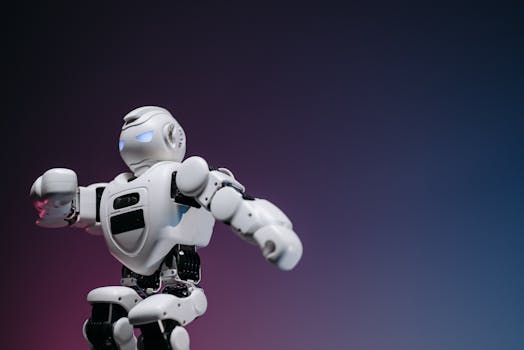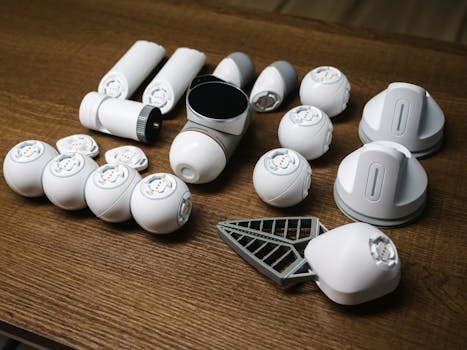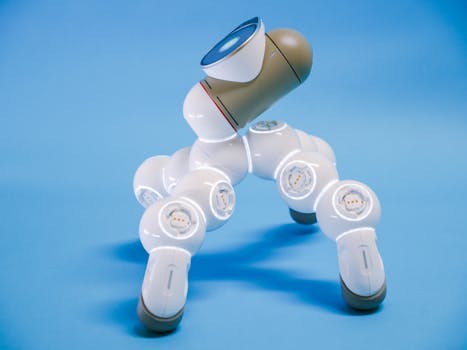
Revolutionizing the Future: Innovations in Robotics and Their Mechanical Components
Takeaways: The field of robotics is advancing rapidly, with innovations in mechanical components enhancing capabilities across various industries. This article delves into the latest developments in robotics technology, exploring key mechanical components that drive performance and efficiency.
As we enter an era increasingly defined by automation and artificial intelligence, robotics stands at the forefront of this transformation. Innovations in robotics are not just limited to software advancements; they also hinge significantly on the evolution of mechanical components that make these robots functional and efficient. In this article, we will explore the latest trends and innovations in robotics, focusing on their mechanical components and how they are shaping the industries of the future.
The Evolution of Robotics Technology

- Advanced Materials: The use of lightweight and durable materials such as carbon fiber and advanced alloys has significantly improved the performance of robotic components.
- Miniaturization: The miniaturization of electronic components has enabled the development of smaller, more agile robots that can operate in confined spaces.
- Smart Sensors: Innovations in sensor technology allow robots to perceive their environment more accurately, leading to better decision-making and adaptability.
These advancements have paved the way for the integration of robots into various sectors, including healthcare, manufacturing, logistics, and even agriculture. Each sector is witnessing unique innovations that cater to specific needs, driven primarily by mechanical component enhancements.
Key Mechanical Components Driving Robotics Innovation

1. Actuators
Actuators are essential for enabling robots to move and perform tasks. Recent innovations in actuator technology, particularly in electric and pneumatic actuators, have led to greater speed, precision, and efficiency. For instance, brushless DC motors are increasingly being used due to their high torque-to-weight ratio and durability, making them ideal for robotic applications.
2. Grippers
Robotic grippers play a crucial role in the manipulation of objects. Innovations in soft robotics have led to the development of flexible grippers that can safely handle fragile items. These grippers often use advanced materials such as silicone and are designed to mimic the dexterity of human hands, allowing robots to perform a wider range of tasks with precision.
3. Joints and Linkages
Robotic joints and linkages determine the range of motion and flexibility of robots. Recent advancements in joint designs, such as the use of compliant mechanisms that reduce friction and wear, have improved the longevity and performance of robotic arms and legs. Moreover, the integration of intelligent joint systems that can adjust their stiffness in real-time leads to enhanced adaptability in dynamic environments.
4. Sensors and Feedback Systems
Modern robots rely on a variety of sensors to navigate and interact with their environment. Innovations in sensor technology, including the development of LIDAR, ultrasonic sensors, and advanced vision systems, allow robots to gather detailed information about their surroundings. These sensors work in tandem with feedback systems, enabling robots to make real-time adjustments to their actions.
Conclusion








